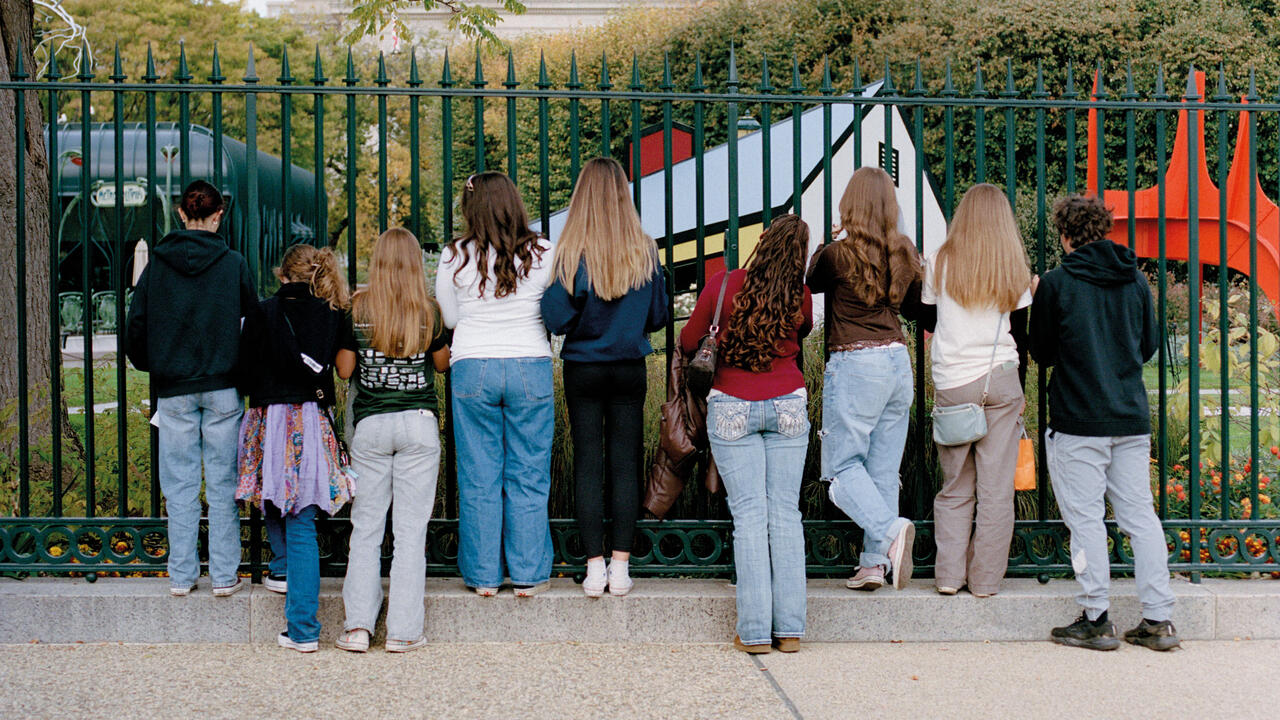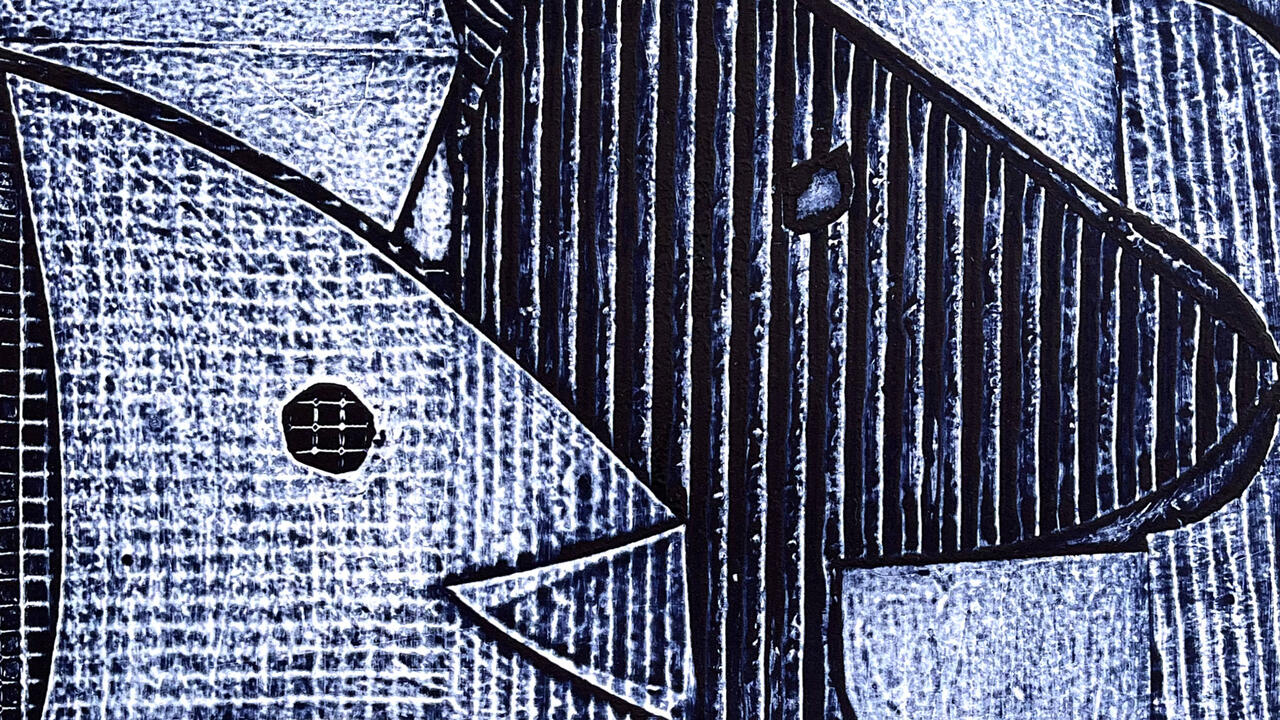What We Do Is Secret
The relevance today of Arthur Evans’s Witchcraft and the Gay Counterculture
The relevance today of Arthur Evans’s Witchcraft and the Gay Counterculture

‘The new socialism is not just political, it is magical and sexual.’
Arthur Evans – Witchcraft and the Gay Counterculture (1978)
When a certain group of anonymous activists gathered at the women’s march in Portland, Oregon, to protest the inauguration of Donald Trump last month, their decision to don crooked witches hats and billowing black robes tapped a complex history of persecution and activism. This was, ostensibly, a resurrection of W.I.T.C.H. (Women’s International Terrorist Conspiracy From Hell), a second-wave feminist group founded in the late 1960s responsible for such playful and pertinent actions as the hexing of Wall Street and the cackling harassment of bridal fairs and beauty pageants. W.I.T.C.H. notoriously reclaimed the image of the ‘crone’, a figure central to the demonization of women during the inquisitorial purges of the Middle Ages. Using schlocky Halloween props, they redeployed the stereotype as a subversive currency, highlighting the kinds of behaviour still deemed inappropriate for women; independence, aggression and the right of refusal, qualities that Trump himself would neatly disparage when he termed Hilary Clinton a ‘nasty woman’ during the presidential campaign of 2016. But while the original W.I.T.C.H. had invoked the image of the enchantress in essentialist gendered terms, the contemporary ‘witch bloc’ assembled in Portland, embodied a distinctly intersectional sentiment evidenced by their monochromatic placards: ‘Trans Women Are Women’ and ‘Witches for Black Lives’.

It would seem that every generation is due its occult revival. Group exhibitions like ‘NEO-PAGAN-BITCH-WITCH!’, curated by the artists Lucy Stein and France-Lise McGurn at Evelyn Yard last year, or ‘Witchy Methodologies’, a symposium organized by artist Anna Bunting-Branch at the Institute of Contemporary Art, both in London, suggest the relevance of witchcraft to a range of contemporary artists. With its evocation of animate matter and the transformative potential of ritual, paganism presents some fundamentally lucrative tools. Indeed, the perennial allure of secret doctrines has been offering initiates, adepts and casual thrill-seekers alike the promise of self-knowledge since the counterculture gobbled down tarot cards and the teachings of Carlos Castaneda in the ’60s. But when the incense clears, what differentiates the current artistic engagement with the occult from the ‘life-style’ choices of previous periods?

For artists as diverse as Elijah Bergher, Juliana Huxtable and Linda Stupart, witchcraft is intrinsic to an understanding of queer and gender politics. It offers a discreet space where self-care, protection and healing might be sought from the threat of heteronormative hegemony. It also provides a mythic platform from which indignation could be stressed through the mobilization of superstition, as Stupart’s brilliant Spell to Bind Male Artists From Murdering You (2016) makes plain. Most importantly, however, witchcraft poses a therapeutic armature without orthodoxy, the opportunity to think sensually beyond the rigid diagnostic or social codes of psychiatry or medical science.
Arthur Evans’s (1942-2011) sadly long out of print Witchcraft and the Gay Counterculture, originally published by independent Boston imprint Fag Rag books in 1978, appears to have anticipated something of this queer occult-turn. Interestingly it’s been doing the rounds since 2013 as a self-published book and pdf produced by the mysterious ‘feral death coven clandestinity’. Subtitled ‘A Radical View of Western Civilization and Some of the People it Has Tried to Destroy’, Evans’s book is less a history of persecution than it is an invocational litany or an aggrieved magical treatise on the failures of patriarchal liberalism and industrial socialism to adequately recognize and protect the lives of gay people. Given that, at the present moment in the US, policy reforms on reproductive rights, state-determined access to sexual healthcare, and the vindication of corporate discrimination against LGBTQ people on religious grounds pose a serious threat to personal freedom, Evans’s oppositional book is an apposite resource on the history of social oppression.

Evans devoted his life to the study of philosophy and pedagogy, and his long commitment to activism was a process of defiant re-enchantment, evolving from street protest into the cultivation of coven-like support structures. After the Stonewall riots in 1969, he joined the Gay Liberation Front and later the Gay Activists Alliance in New York, organizations through which he would engage in non-violent actions of civil disobedience. This activism took a particularly esoteric turn in 1972 when he co-founded the Weird Sisters, a Washington State based homesteading collective who sought self-sufficiency on a plot of mountainous land termed the ‘New Sodom’. Three years later he’d form the Faery Circle in San Francisco, a gay pagan group devoted to ritual play, surviving to this day as the ‘Radical Faeries’. He even found the time to establish a Volkswagen repair shop he’d come to call ‘The Buggery’.
Witchcraft and the Gay Counterculture relays a truly nauseating genealogy of homophobia, describing how the evolution of Christianity actively denigrated bodies, resulting in draconian demonstrations of bigotry. At times Evans pursues this story through readings of judicial transcripts and papal edicts; for example, when examining the fates of Joan of Arc and Gilles de Rais. Although supposedly charged with heresy, Evans argues that their trials were based on accusations of cross-dressing and homosexuality. In this secret history, the persecution of gay people was not simply the result of social superstition, but the purposeful eradication of a form of sensuality that posed a threat to an emergent social order intent on regulating its subjects through guilt and the dissolution of class solidarity. ‘Heresy became a sexual rather than a doctrinal concept’, he writes, making a pronounced link between the understanding of gay sex as profanity in the 13th century, and the psychiatric pathologization of it in the 19th and 20th.

For Evans, magic was the common currency of the people. It bound them to the land as it bound them to each other, and it offered a form of resistance to a state guided by religious doctrine. His writing is underscored by the prospect of an ‘old religion’, a loosely defined, but ultimately redemptive and polytheistic composite of goddess worship, ceremonial transvestism, nature cultures and Bacchanalian revelry. In this respect, his research is dubious, relying as it does on the contentious but influential postulations of writers such as Margaret Murray and Montague Summers, two of the early twentieth century’s less reputable historians of witchcraft. But this imaginative bricolage is not necessarily naïve. Magical cultures have always been exercises in ‘fictioning’, mythopoetic tangents that produce new beliefs from arcane sources. This doesn’t mean that they are any less real or functional. To borrow a phrase from the queer theorist José Esteban Muñoz, Evans’s ‘old religion’ might imagine ‘a time and place outside the stultifying hold of the present by calling on a mythical past’. Perhaps for Evans, utopian longing was a way of defying the totalitarianism he saw in the past and present alike, whether in the form of the Catholic confessional or the analysts couch. His queer historical revisionism certainly disrupts the ‘straight time’ of normative, exclusionary official histories.
Throughout Witchcraft and the Gay Counterculture, Evans suggests that magic is an ‘inherently collective activity, depending for its practice on group song, dance, sex and ecstasy’. His utopianism is unfaltering, as is his belief in the necessity of hidden collectives for providing the marginalized with pastoral support and the opportunity for self-care. As we move into a period that will once more be marred by the prying malevolence of the witch hunt, Evans’s treatise teaches the value of reflecting on painful histories whilst imaging ambitious inclusive futures, or, as he’d probably prefer to put it, ‘re-learning to talk to both the worms and the stars’.
Main image: Girls Dressed as Witches Demonstrate, published Chicago Sun-Times, 25 September 1969. Courtesy: Rik Garrett





















